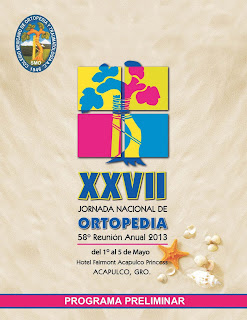"I have seen my death!"
proclaimed Anna Roetgen in December of 1895. Anna Roetgen saw through skin, muscle and blood to the dark and askew shape of the bones in her hand. Her husband, Wilhelm Roetgen, had uncovered a
mysterious kind of ray.
He called it the X-ray.
This week, researchers at the Stanford Linear Accelerator
announced that they have created an x-ray beam with two slightly different colors. The
research was published in the
Physical Review Letters on March 25, 2013.
Depending on their electronic structure, atoms and molecules can interact with light differently. Tuning the color of the x-rays will allow researchers to pick out specific atomic and molecular dynamics like how bonds break and rearrange in chemical reactions.
X-rays are a form of
electromagnetic radiation with a wavelength shorter than UV and visible light but longer than gamma rays. X-ray photons are emitted when an atom is hit with such energy that an electron in an inner orbital excites, or when electrons, accelerated to very high speeds, slam into a metal target. The wavelength of x-rays is so small that x-rays can penetrate deep into materials without scattering or losing energy. Probing the inside of dense matter, x-rays have become a touchstone for science from medical diagnosis to materials research.
Now, scientists are bringing x-rays to the next level. For the past century, most of the energy required to get electrons to produce x-rays was lost as heat. Moreover, techniques for making x-rays resulted in the electrons producing many wavelengths within the x-ray spectrum. With the goal of studying atoms and molecules in motion, scientists want to use x-rays that are all the same color, phase, and direction. These are called coherent x-rays.
There are only a handful of places in the world where it's possible to find coherent x-rays. One is the Stanford Linear Accelerator Linac Coherent Light Source. At the
SLAC Linac, scientists send electrons down a two-mile-long shoot where they are jostled by strong magnetic fields to produce x-rays. In the research published this week, by offsetting two magnetic fields, the team was able to produce pulses of coherent x-rays at slightly different wavelengths. Using bursts of x-rays, like a strobe light, the researchers were able to take what are effectively stop-motion photos of molecules in motion.
While new methods of controlling x-ray generation will push the bounds of chemical and materials science, accelerators like SLAC offer scientists limited time to use its x-ray laser beams. To address this, last year a research
group at CU Boulder and JILA demonstrated a table-top opportunity to study nature at the ultrafast and ultrasmall scale. We should all look forward to the treasure chest of new science within reach now that x-ray laser sources become more precise and available!







































